Hi, I’m Simone
Dog trainer, behavior consultant, team builder for you and your dog. And I love modern Predation Substitute Training!
Does this situation sound all too familiar?
Your dog is sniffing the ground and does not respond to any of your desperate attempts to call him back. Suddenly, he stops. He’s spotted a rabbit, a cat or even a bike across the field. Off he goes on a wild chase! You’re left standing in the middle of the field, shouting and whistling in vain. In your chest, you feel a persistent fear that he’ll end up darting across a busy road, or cross paths with an angry farmer or trigger-happy hunter.
Finally, after what feels like an eternity, your dog comes back with a huge canine smile across his face. His eyes are gleaming with joy and his whole body is communicating excitement, trying to convey to you that his little unplanned jaunt WAS AMAZING! You, on the other hand, are glad he’s returned without a scratch and also frustrated, because it has happened again…
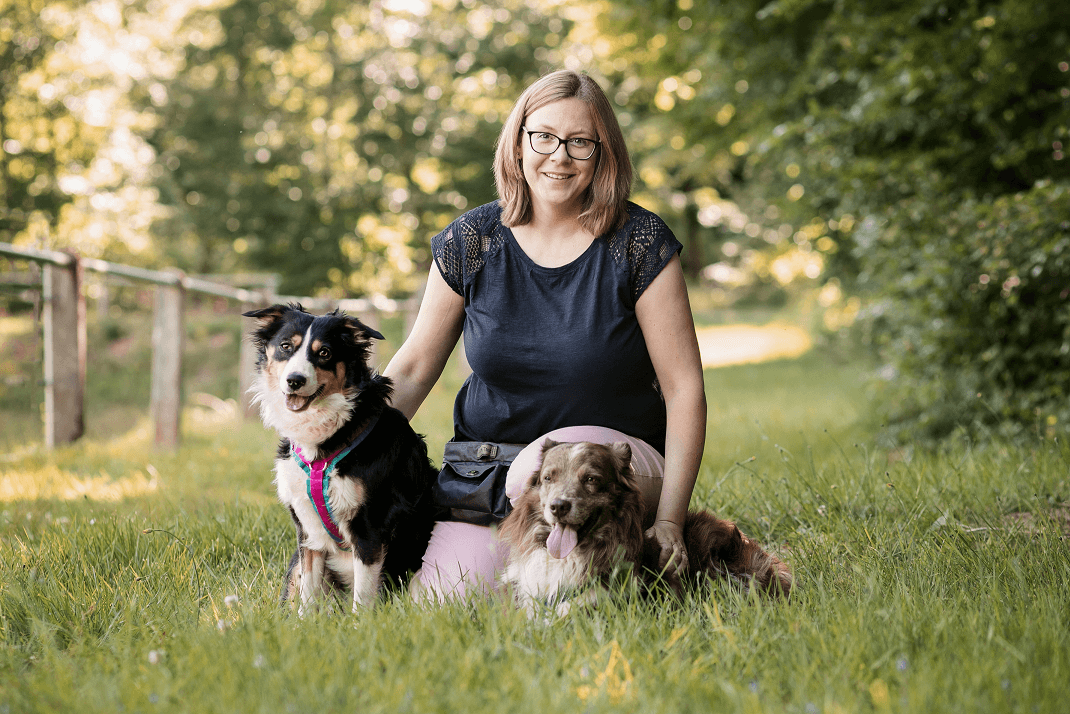
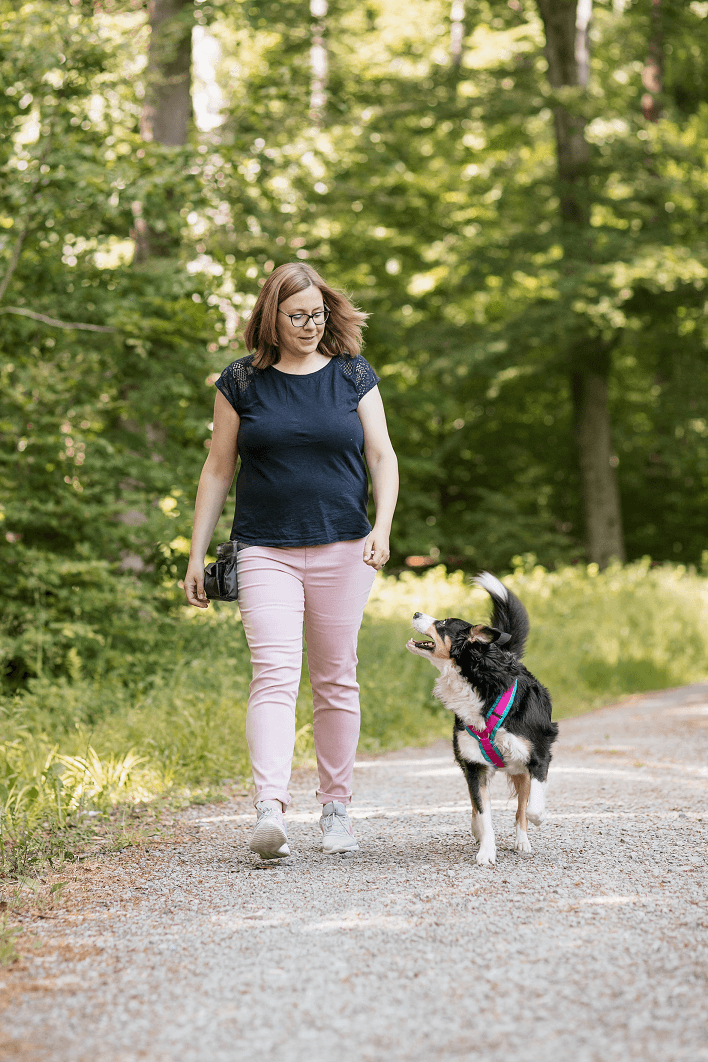
In 2002, the time I spent with my first dog Malinka, this scenario – the dashing, the worrying, the frustration and the relief after the reunion – was all too familiar to me.
Malinka was a gorgeous black mixed breed dog – half Australian Shepherd and a dash of various other breeds to keep things interesting. I quickly noticed that she had a passion for chasing wildlife into the woods on our walks. As she was my first dog, first I didn’t know how to handle her behavour.
In most conventional training protocols, which I came across, the human (i.e. me) ends up as the annoying factor that ruins the fun. These methods generally work by interrupting and stopping the dog’s predatory behaviour, often by using a form of punishment. These punishments can include using a shock collar, a spray bottle, or even just recalling them and putting on a leash. All of these things end your dog’s fun – they’re not welcome, and your dog will quickly resent them – and you. That’s because every one of these punishment-based methods work against the nature of our dogs and what they really want: to go for a hunt!
In my case with Malinka, I realised pretty quickly that harsh punishment was not something that I wanted to use with her. In order to give her an outlet for all her predatory energy, I started to play games with her that would mimic the predatory behaviour that she loved to perform. Over the years, I modified some of the games, learned new ones from like-minded trainers, and eventually evolved them into tools for clients’ dogs that showed the same hunting enthusiasm my Malinka did. That effort spurred me to create my first books, in order to share these effective games-as-training techniques with you.
In 2002, the time I spent with my then-first dog Malinka, this scenario – the dashing, the worrying, the frustration and the relief after the reunion – was all too familiar to me.
Malinka was a gorgeous black mixed breed dog – half Australian Shepherd and a dash of various other breeds to keep things interesting. I quickly noticed that she had a passion for chasing wildlife into the woods on our walks. As she was my first dog, first I didn’t know how to handle her behavour.
In most conventional training protocols, which I came across, the human (i.e. me) ends up as the annoying factor that ruins the fun. These methods generally work by interrupting and stopping the dog’s predatory behaviour, often by using a form of punishment. These punishments can include using a shock collar, a spray bottle, or even just recalling them and putting on a leash. All of these things end your dog’s fun – they’re not welcome, and your dog will quickly resent them – and you. That’s because every one of these punishment-based methods work against the nature of our dogs and what they really want: to go for a hunt!
In my case with Malinka, I realised pretty quickly that harsh punishment was not something that I wanted to use with her. In order to give her an outlet for all her predatory energy, I started to play games with her that would mimic the predatory behaviour that she loved to perform. Over the years, I modified some of the games, learned new ones from like-minded trainers, and eventually evolved them into tools for clients’ dogs that showed the same hunting enthusiasm my Malinka did. That effort spurred me to create my first books, in order to share these effective games-as-training techniques with you.

a safe outlet for predatory energy without the chasing, dashing, and worrying
My training methods are easy to implement into your everyday life, making them an efficient way to bring your dog’s chasing behaviours “to heel”. I’m confident that they will give your dog, as they did for Malinka and my clients’ dogs, a safe outlet for predatory energy without the chasing, dashing, and worrying. The guidance is free from coercion and punishment, and instead uses fun games that correct unwanted behaviours while actually improving your relationship with your dog.
Playing Predation Substitute Games stopped Malinka from running off and searching for wildlife to chase. She focused on me during our walks, always eagerly waiting for me to call her to play her beloved Predation Substitute Games.
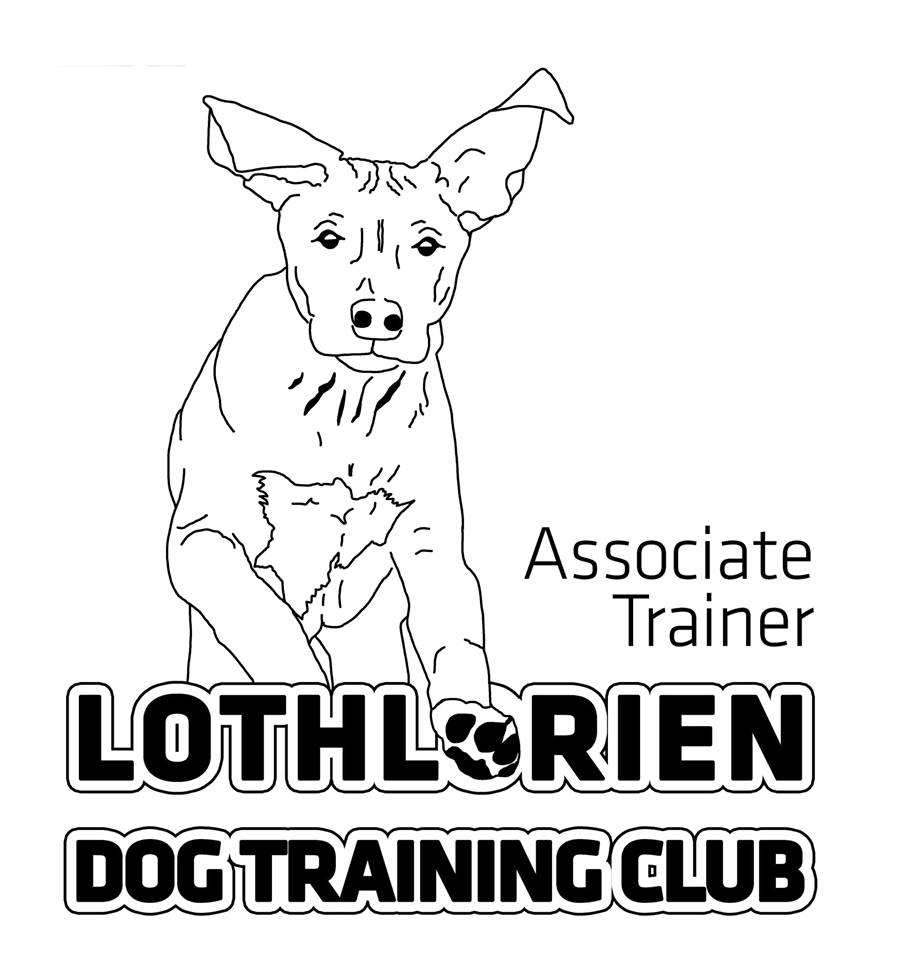

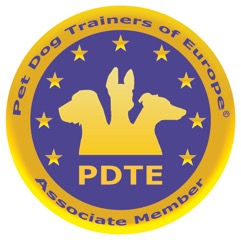
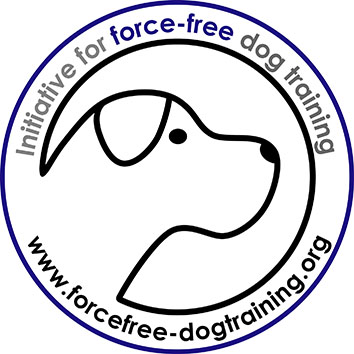
I’m proud to be an Associate Trainer at the Scotland-based Lothlorien Dog Training Club (AT-LDTC) and a member of the Pet Professional Guild (PPG) the Pet Dog Trainers of Europe (PDTE) and the Initiative for force-free dog training.
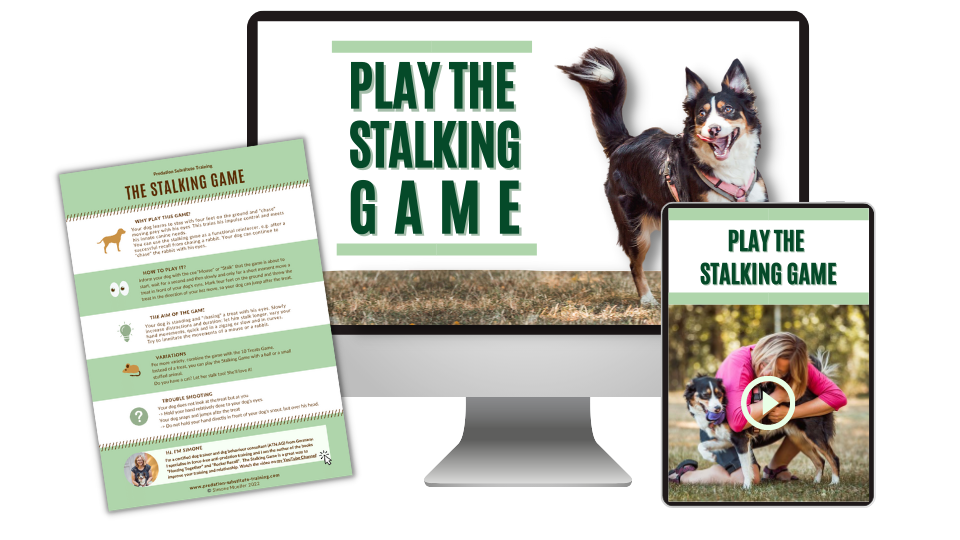
Get started!
Get my training tutorial + video for 0$
Enter your email to get instant access. By signing up, you’ll also receive my free newsletter. You can unsubscribe anytime.

What is Predation Substitute Training?
The term Predation Substitute Training (PST) has a double meaning. It implies that, through playing Predation Substitute Games with your dog, you’ll be able to redirect predatory urges into a harmless owner-centric game, ensuring that predatory energy is released in a safe and controlled way.
The real game-changer, however, is in the deeper meaning of the term. Predation Substitute Training equips you with Predation Substitute Tools. Instead of interrupting your dog’s predatory behaviour and ending the fun, you train your dog to perform a safe part to the predatory sequence instead of an unsafe part. E.g. instead of letting him chase, you let him stalk wildlife. This will still let him do what he wants to do. In short, hunt!
I have been successfully using this protocol for several years now. For example with Nanook, my 10-year-old Australian Shepherd, who used to be a big chaser. Through PST, he has become a passionate visual stalker. Rather than physically taking chase, he’s now able to happily sit down and visually follow a running deer in the field while staying by my side.
While it’s worked out very well for my own dogs and my clients’ dogs, I want to stress something important before you start: Predation Substitute Training is not a quick fix that will stop your dog from chasing. Like most proven dog training techniques, it’s work and will require a lot of effort to put into your everyday walks to introduce and reinforce concepts. That being said, the positive outcomes that grow from this fair, motivation-centred and need-oriented training are amazing. Once PST has been successfully implemented, your dog will be more controllable in the presence of wildlife. They will be more likely to react to your recall, sharing the joy of performing safe parts of the predatory sequence with you.
Make no mistake about it: predation is pure happiness for our dogs! Imagine using that feeling of pleasure, fulfilment and motivation that our dogs find in predation to enforce useful training and deepen your bond with your dog. I t’s not only possible, it’s a smart move!
In my training programs, you’ll find all of the training techniques and tools that you’ll need to successfully harness your dog’s predatory instincts – all without using intimidation, pain or fear:
- You will understand what predation is and why your dog loves hunting so much.
- You will have Predation Substitute Tools at hand to functionally reinforce your dog, allowing them to stop and control themselves instead of chasing aftergame.
- You will be equipped with several need-oriented Predation Substitute Games to create a safe outlet for your dog’s predatory energy.
- And you will be provided with a safety net to interrupt unwanted predatory chasing with an emergency cue. All I ask from you is that you keep an open mind while learning this motivation-centred, science-based approach, and (of course) that you have fun with your dog.
So grab your treat pouch, stuff it with delicious dog treats, and dig out your dog’s most exciting toys.
It’s time to get started!
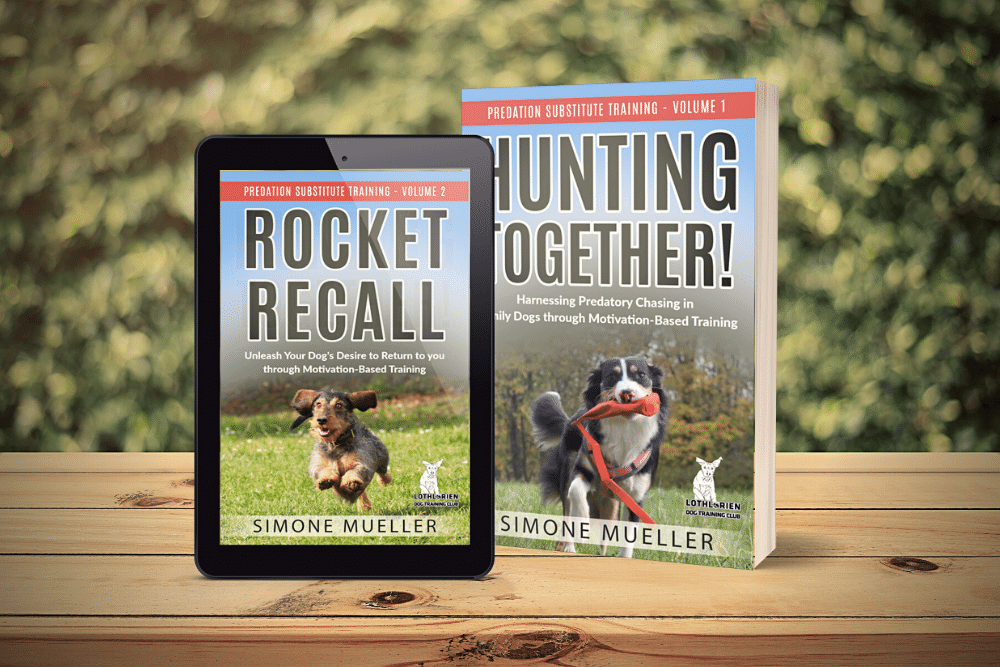
Books
Improve your training and grow your relationship with your dog.

Giveaway
Get my training tutorial + video for 0$
Enter your email to get instant access. By signing up, you’ll also receive my free newsletter. You can unsubscribe anytime.
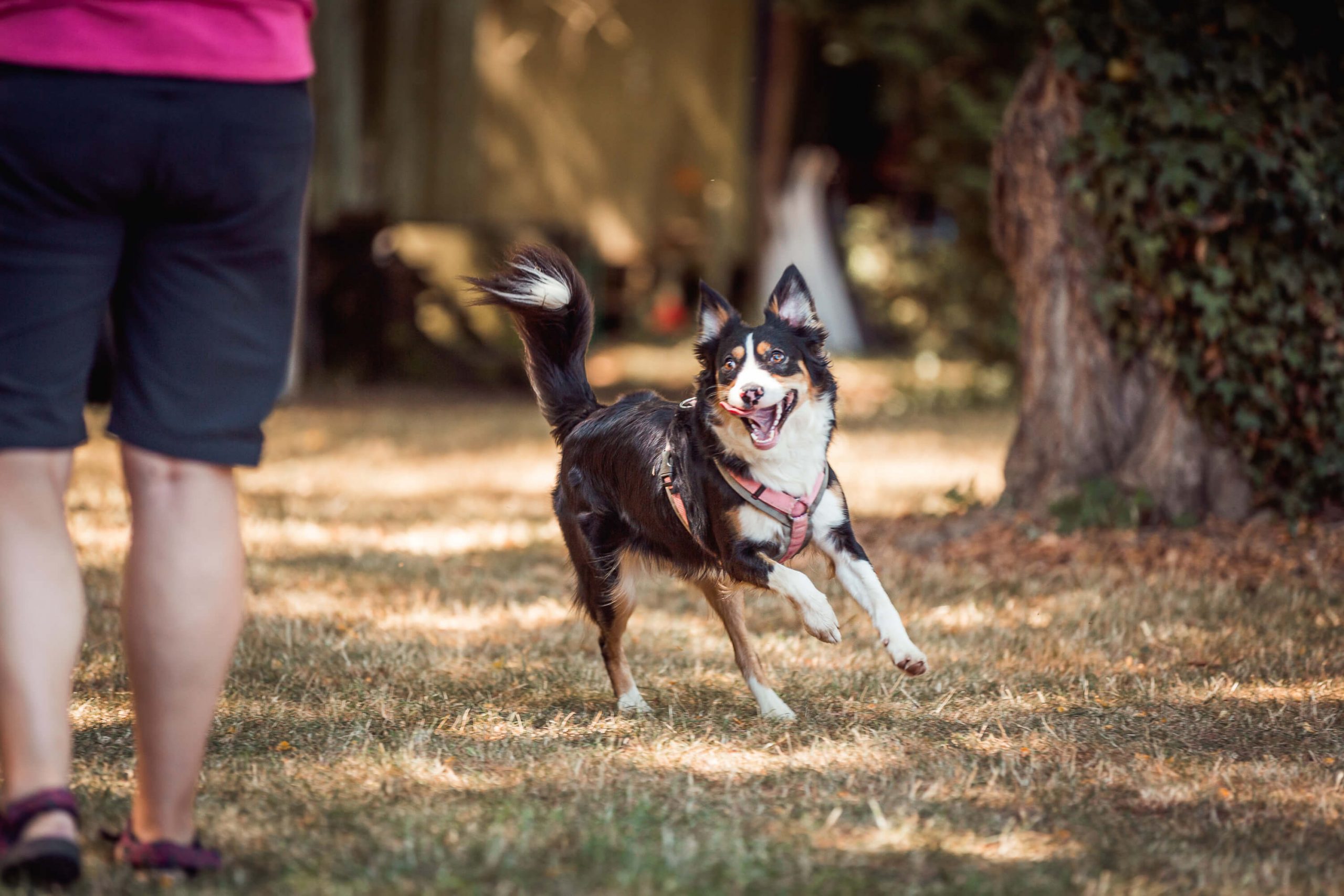
Workshops & more
Seminars, workshops and talks on force-free anti-predation training.
“
“It’s a game changer. It totally changed my relationship with my dog and how I see him.“